True Stories: a quest for narrative in the psyche of hybrid experience.
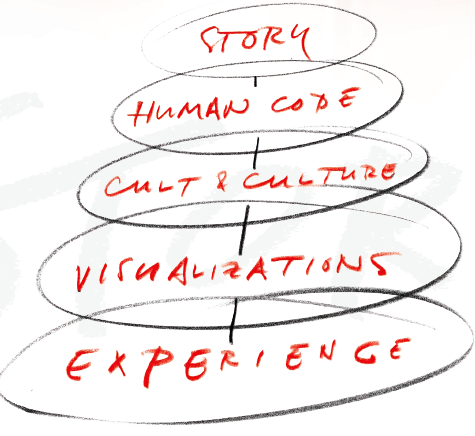
During the 90s, I came to a string of crises in my life – while I was at the epitome of success, the biggest design firm for more than a decade, lots of money, big projects, I was profoundly unhappy and disconnected from my profession. I always wondered about that idea — profession. In a way, that speaks to the concept of confession – to make clear, to offer an honest expression.
And I was way off base — there was a huge disconnection between me and the truth of my living, the nature of my art and the stories that I told.
Not that I was lying, per se, but that what I told wasn’t from my heart, nor evinced in my practice, but instead a kind of cool positioning. And, meanwhile, the jump between the truth and the action weren’t really that far apart. But the conscientious link was remote in my soul.
I couldn’t draw any more — it was hard for me, for example, to truly use my hands in rendering letterforms — there was a kind of synaptic break (brake) between my mind, my spirit and my arm, wrist and fingers.
I talked about this at a recent summit for the IRDC in Seattle — the International Retail Design Conference. And the idea of this disconnection, actually, just came out.
I had not planned, necessarily, an offering from anything of that time. But what I found interesting was that this talk was to have been merely an hour, but when all was said and done, nearly two hours had expired (with questioning and exploration from the audience). And what came forth, afterwards, was how many people talked to me about the personal revelations that I’d shared.
It’s all about that — the Personal.
That’s where the True Story lies.
But what I was looking for, in the telling of that story — the link to myself — was the true art of the retail experience — how telling stories actually relates to the conceptual seed of what retail is all about. Retail is about your story: it’s about how you relate to another story that someone’s trying to tell; it’s about beauty observed and shared.
Beauty. I presume that. I make the presumption that great retail is really about the concept of promoting some elevation of the beautiful in experience. There are concepts that live in this place-making; and there are others, that do not.
Sometime back, in working on a project for Chris Anderson, (the Chief Editor of Wired) and then writing about his reference to the Long(er) Tail of micromarkets, I recounted some aspect of the tail, the tale, and the tailor – and the alignments there.
The long tail, the tailor and conceptions of retail design:
http://blog.girvin.com/long-tail”
But what I’m finding intriguing about the concept of retail is the notion of retelling:
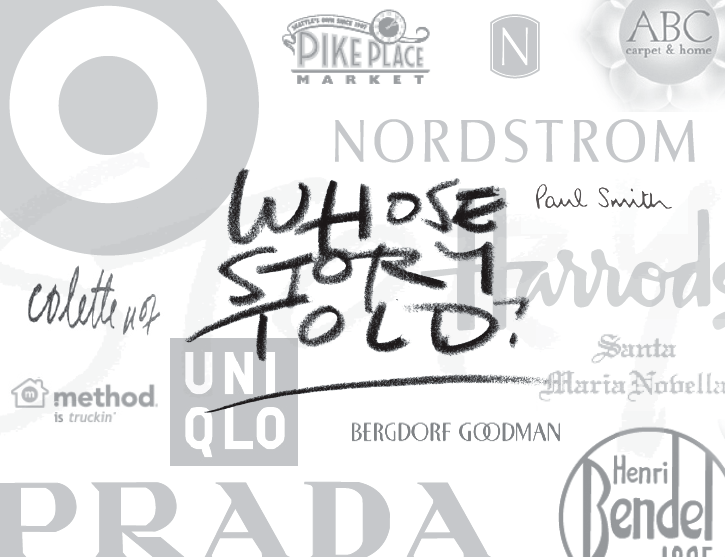
That retail, now, in the divergence and collapse of the market, is needing a kind of jolting return to the concept of retelling itself. Coming into new truth — new stories that are more from the brand heart — less to the invented postulate (“will A like B, equaling C?). And there are, of course, real links to the concept of how retail related design is about finding the path to creating salient and fluent — reflective — relationships between the seller, the retail presenter, and the audience with which it hopes to connect with. Who is that, and how does telling the truth offer anything there?
What’s happened is that people, in the spectacularly complex nature of the world — and the many wonderful things that exist in it (and the many not so wonderful things that can be experienced as well) — are tired, completely overburdened, by the ranked overexposure of the tens of thousands of brand contacts they come in contact with. I might offer, as well, that merely living this life can be overwhelming, whether it’s defined as brand related or not.
It’s a very complex world — so bring us something that somehow speaks to the truth. I note, for example, the idea that I’d experienced in NYC this week: Colette at the Gap. Colette, a real, personal, amalgam store concept (by Colette, I suppose) that is, in the instance of her “personality,” legitimately real. She does what she wants, and the store keeps changing.
That’s the concept: completely change the entire store every month. Imagine that Zara was a new concept, 12 times a year, and you get the idea. But rather than hundreds of stores (and stories), it’s merely one — Colette and Gap. So, in that manner, there’s truth there.
You know about Colette. But who else, in that market?

And really, in the abstraction of the story, what’s been told? How has it really been promoted? What I note is that rather than inherently tell the truth about her, it’s instead presumed that people are transfixed by the very concept of her.
If you don’t know, you won’t relate. The question must be proffered: what’s the story, how it is told — and who cares? And if there is a caring for the story — in the context of the person — then what attunement might there be? What attention is held?
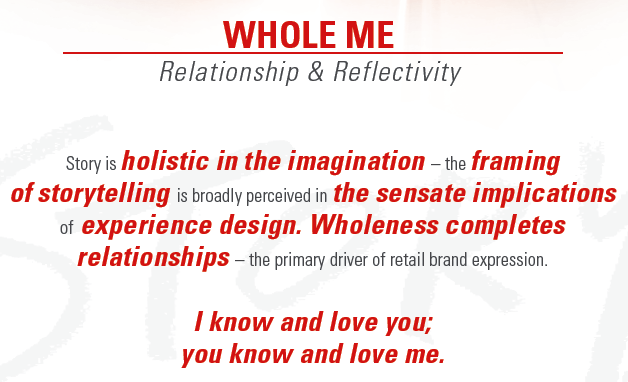
And indeed, virtually any business proposition is about love, in relationship: “I simply love that”, or “don’t you just love that (object goes here)”.
If I go back to the tail — and the tailor – and the tale, the telling — there are signatures that align with the above.
There are links to the language of retail (or design, or other explorations) that I not infrequently reference. Why bother with exploring the language, speaking of storytelling — if there’s a story, then who cares? Being the smart person that you are, I’m guessing that you do. Because any person who’s accustomed to being absorbed by communication understands that words are alive; they are not mere scribblings, but are legacy objects that are, for the most part, hundreds of years old.
Like genetic material, they carry messages from the deep space of consciousness and can even reference back to primordial themes if not the collective unconscious psyche of archetypal theming (bear, for example, being etymologically reflective of a taboo word for great brown monster whose true name must never be spoken). Tell the name of the thing, and you call it forth.
Here are some callings, then, to retail, that suggest an alignment to the truth of telling and the evolutions of authenticity and human connection in the marketing of selling place(s). Indulge me:
First, think of how you connect with a retail concept. Let’s say you’re looking at VonDutch, SoHo, NYC. There’s a memory that you have that is about connecting to your past, the 1960s, your Dad’s weird love of hotrods, souped up muscle cars, Harley’s and pinstriped gastanks. You relate to the conception that’s in that shop because there’s a deeper mnemonic spin — there’s an attachment there that you might not even recognize. What might be an example that calls this to mind (mean: memory) for you?
It’s all about reference and recalling. A relationship is about a bringing back and restoring — a Latin word, relationem (nom. relatio) “a bringing back, restoring,” from relatus — some 2,000 + years old, moving forward in time to the present era, from 1390, from Anglo-Fr. relacioun, O.Fr. relacion (14c.).
That relationship, the mimetic return, is linked into the heart of the word (and the work of retail, to my thinking). It is, truly, about a referral, a reference back — which is linked, by relate, to refer. For the Romans, to refer is to “relate — literally, to carry back, from re- “back” + ferre “carry“. That string moves forward to a medieval expansion — 1374, “to trace back, attribute, assign,” from O.Fr. referer (14c.). So, in any manner, the person that is working to conceptualize a retail direction — define a brand alignment — must look for that psychic reach back, that referral to the seeds of memory:
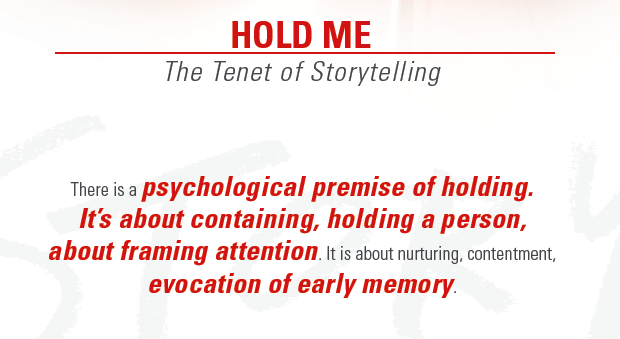
For me, this sutra of phrasing is about noting that the conceptual heart of connectedness is usually about a psychic, deeper link to the soul full – and how that emotional condition can be attached and magnetized in experience. Retail retells:
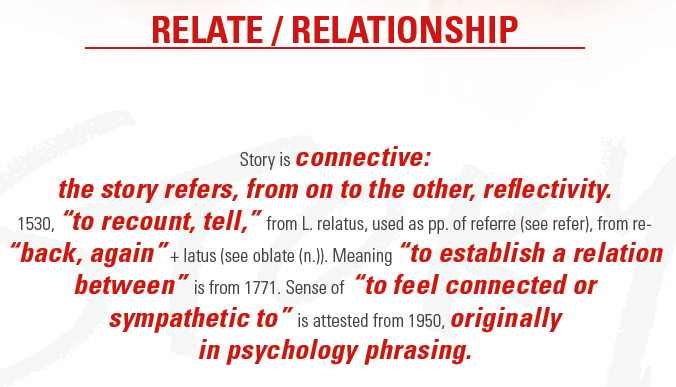
Retail is tailored. There’s been plenty of intimation of the customization of experience in retail — and I’ll have to explore that separately — but I am curious about the conception of the base concept of what retail really stands for.
I stood next to Lesley Wexner at the WWD CEO Beauty Summit | Miami — and he later said:
“Retail is about creating something that draws people in — when you arrange the things in your shop, they should be interesting; and when you put them in your window, either people are going to stop, or they are simply going to keep on going by. If that happens, you’ve failed, and you’ve got to get it changed. That’s what I do — I go in there and change things. I do it myself.”
And, in a manner, this is about reflectively customizing things. The designer, the merchandiser, is building on the supposition of captivating resonance, cultivating relevance. Because it’s tailored to speak. Retail is about the tailoring of experience to tell a story, to build relationships, to define and create bound community. That concept, retail — literally, of retelling — a sense of “recounting, to tell over again,” is 16th century; the first use of the word — about 600 years old: retail (v.) 1365 (implied in retailing), from Old French. retaillier “to cut off, pare, clip, divide,” from re- “back” + taillier “to cut, trim” meaning “sale in small quantities” is from the 15th century, from Middle French retail “piece cut off, shred, scrap, paring.”
What then, of tailor? It starts with grafting — that is the cutting of stems for crossing or implanting — Latin. talea “a slender stick, rod, staff, a cutting, twig“. Possible horizontal cognates include the Sanskrit. talah “wine palm,” And that sense of youthful growth — to the opening of the word, literally a “fertile cutting, plantable“, Old Lithuanian. talokas “a young girl,” Greek. talis “a marriageable girl” (for sense, cf. slip of a girl, twiggy), even to the realm of gods — Etruscan Tholna, name of the goddess of youth. And from 1296, from Anglo-Fr. tailour, from O.Fr. tailleor “tailor,” lit. “a cutter,” from tailler “to cut,” from M.L. taliator vestium “a cutter of clothes,” from L.L. taliare “to split.”
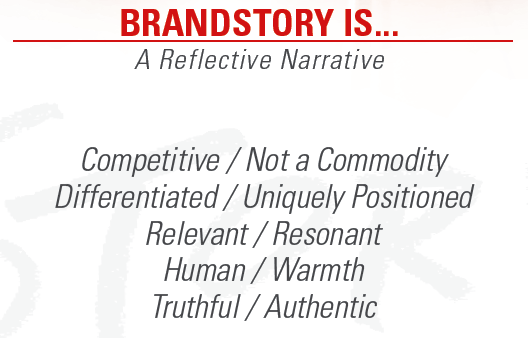
The allegory of ‘splitting’ is ripe — because of the human connection, that is: people are at the heart of any branding enterprise. Branding is from a person, for a community, for people — so it stands to reason that retail really is a kind of cutting, from the tailor of the original idea. From one idea flows another. Empires are borne on these principles:
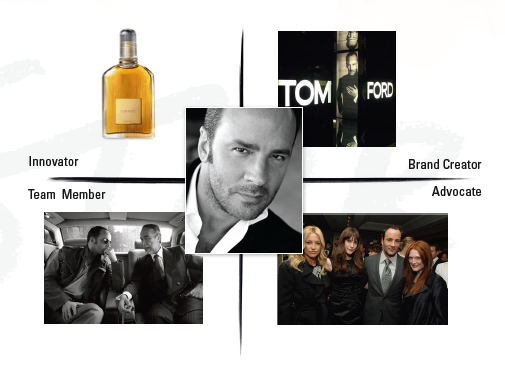
What more, then?
Simple, really.
Retail is retooling; it’s looking for truth to better connect to audience. It’s a cutting of ideas and dreams that will plant, perhaps, the seeds of new ideas. If you know your story and you can create a way in which the inherent community is more towards a communion to your concept, then the likelihood of mutual embrace is high. If you have a story to retell — or retool — think of the truth, otherwise you will be quickly found out. And if there’s any implication that you are, in fact, actually misrepresenting yourself, then the weight of challenge and loosening change is heightened.
Truth, in story: do tell.
Who’s telling the truth, to your thinking? What story, in telling, stirs you to action, in retail?
What’s your story? I care about it.
tsg | seattle
——————————————
IRDC keynote presentation: http://www.irdconline.com/node/44
Speakers node | IRDC: http://www.irdconline.com/node/116
True stories: framing narrative in brand, story and experience: http://blog.girvin.com/?p=644
http://luxurycouncil.com/true_stories
Human brand positioning: http://www.visualstore.com/